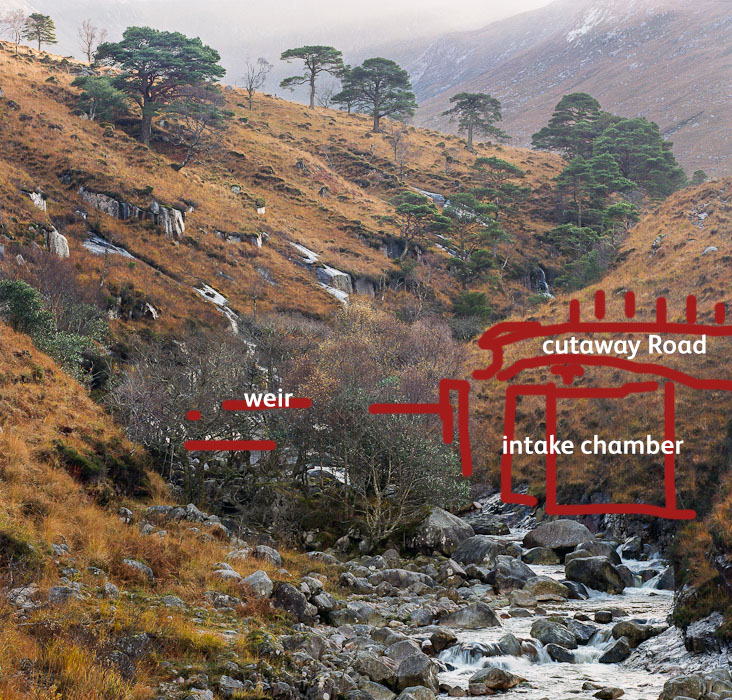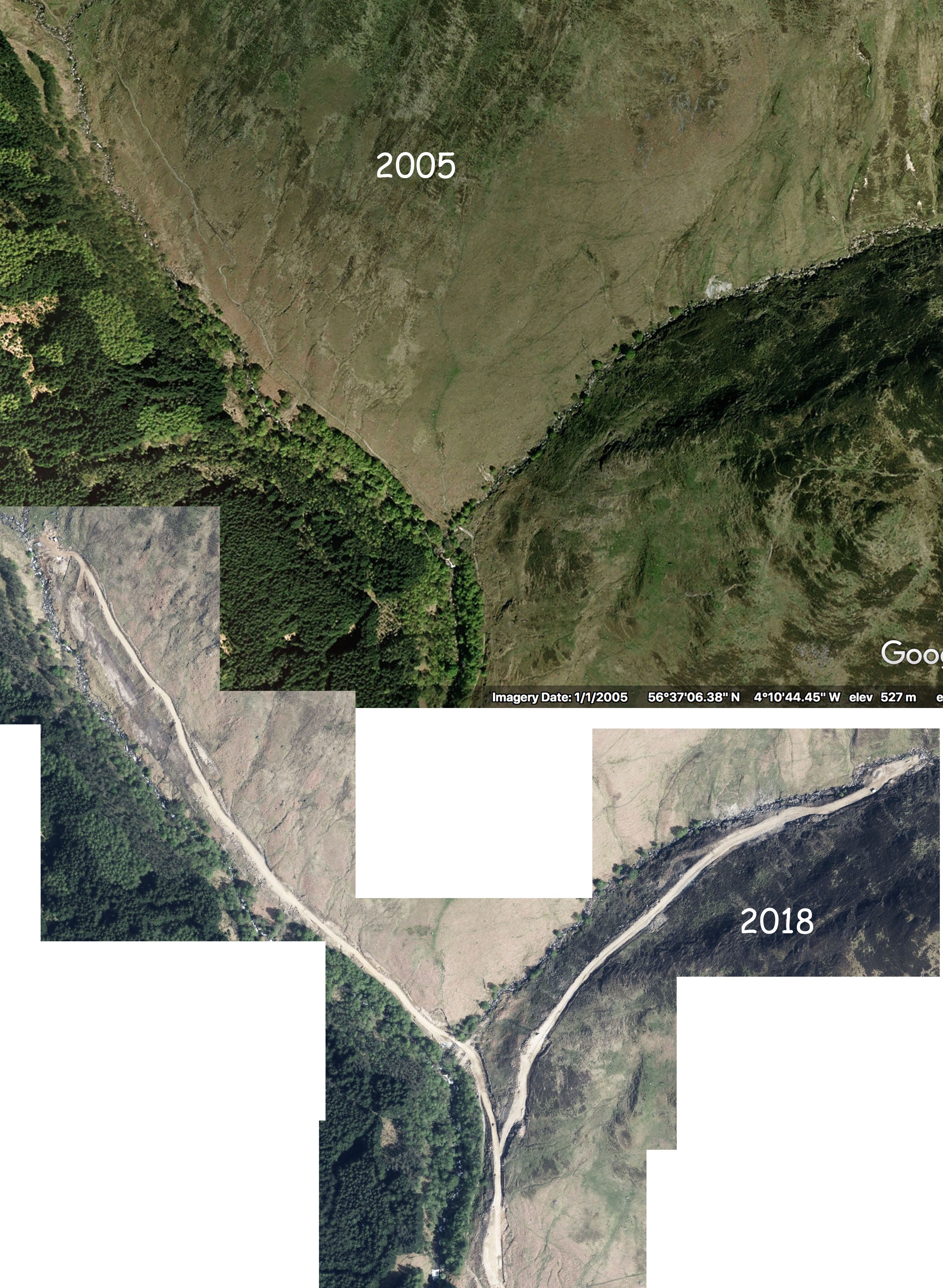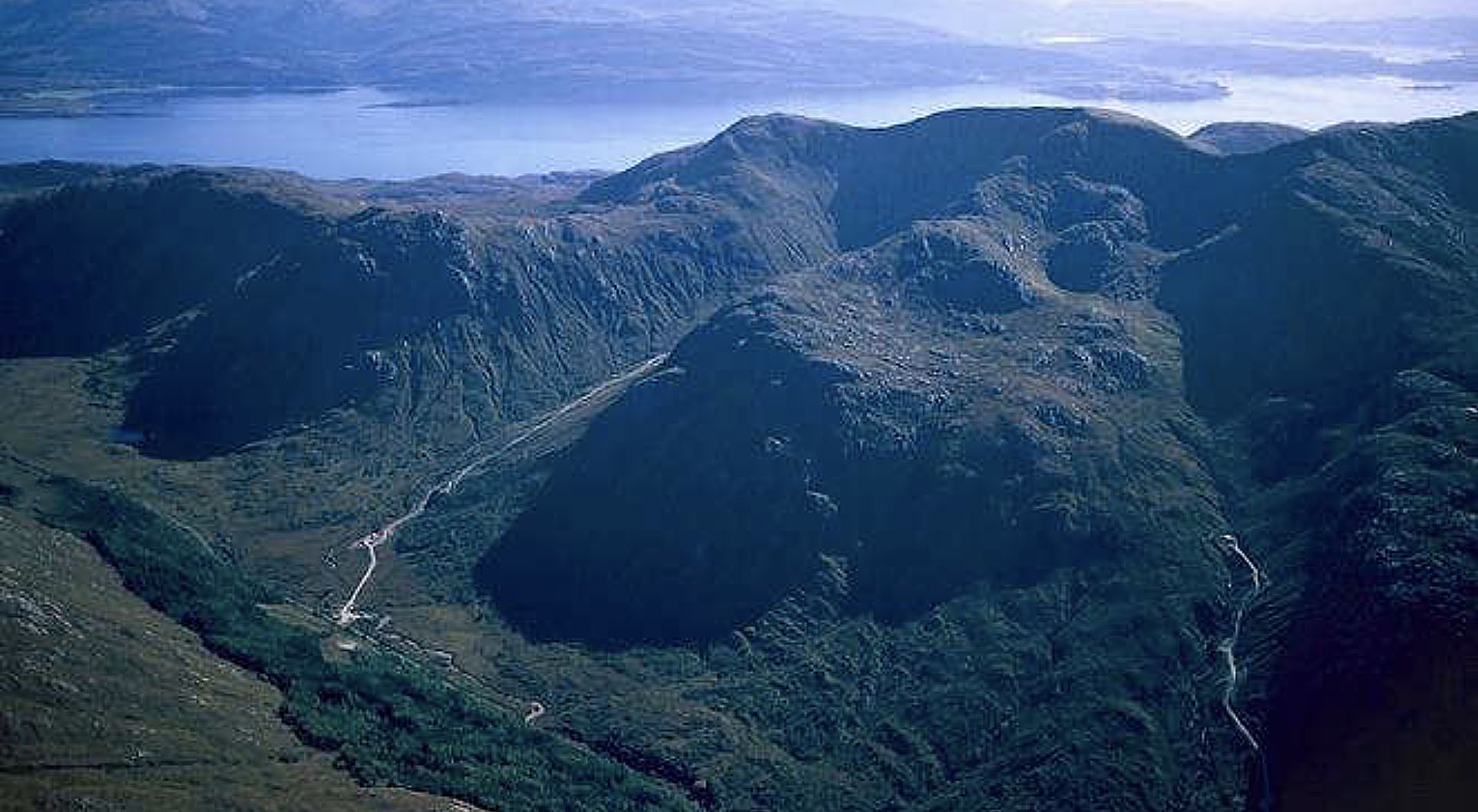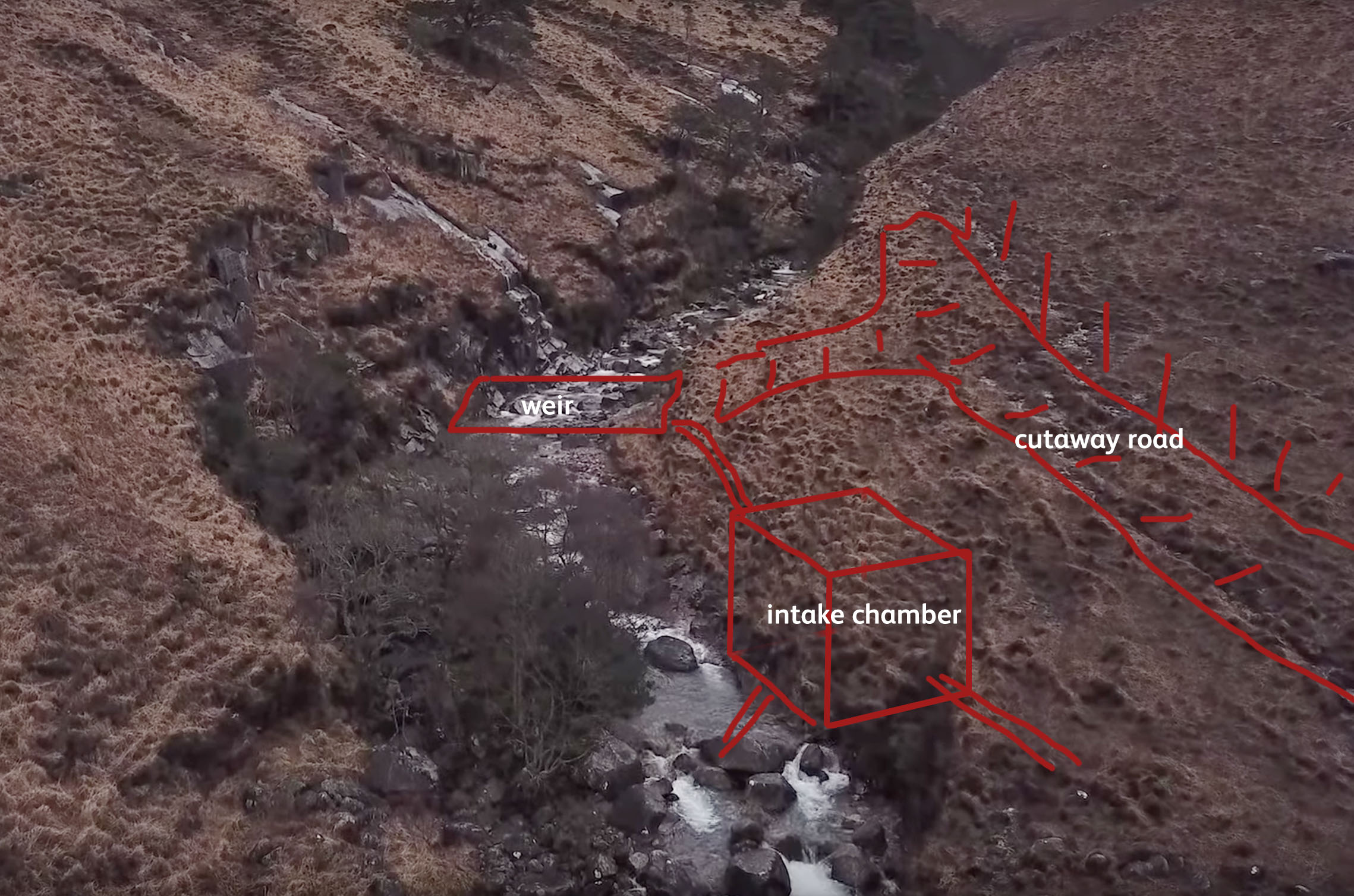Restoration Failure


A risk too far?
Most Run of River hydro schemes are proposed with assurances that the land will return to its previous state, that access roads will look similar to footpaths, that buried pipelines will return to nature and become invisible and that intake and generator infrastructure will blend in with the landscape to become virtually unnoticeable.
Examining previous works by various developers shows that, while it may be possible to achieve the above objectives, in the majority of cases schemes tend to fall short. This may be less obvious when schemes run alongside existing tracks or within forestry operations, but becomes a major risk when the schemes are being proposed in Wild Land of National significance.
In interviews with TGO magazine and with BBC Scotland, it is suggested that the hydro scheme on land which the current developer (Dickins Hydro Resources) now owns in Glen Lyon demonstrates work of a similar size and quality to that which is planned for Glen Etive. The Roromore scheme was installed alongside an existing track, in very different environmental conditions to that proposed in Glen Etive.
The Invervar scheme in Glen Lyon (much closer to the character of the Wild Land in Glen Etive) shows poor recovery – see below. Yet another scheme in Glen Lyon was the scene of an environmental incident.
Overall, the record on restoration of other schemes both locally (for example, at Allt Dubh and Cia-Aig above Loch Arkaig) and across the Highlands is very poor, something that Highland Councillors commented on in the recent debate on Allt Mhuic (also Loch Arkaig).
Issues with the Etive schemes
An example of the problems involved in restoration in Glen Etive can be seen in these rough sketches of the weir, intake chamber and access road at Allt Mheuran (shown to the left).
From a report undertaken by David Jarman (former Head of Planning, West Lothian Council):
“At Allt Mheuran, the initial section from the weir would have to traverse a steep cross-slope. Reinstating this to its smooth natural profile is effectively impracticable, without elaborate bespoke gabion works and rock bolting, which will tend to slump or fail at some future point. The access track presents the same problem of crossing bedrock as the pipe track.” Environmental Implications for National Scenic Area – David Jarman
Stipulating restoration bonds has been suggested to us, but we know of no instances where restoration bonds have been applied, and understand these are complex and expensive to implement and enforce.
A second example in Glen Lyon: Invervar
The image below shows the scheme at Invervar. One aerial image (from Google Maps archive) shows the scheme before installation in 2015 and the second shows the current state of the scheme (as of 2018). David Jarman has produced an overview of the schemes that he has encountered.
Run-of-River Hydro Schemes Scottish Highlands March 2019 – David Jarman



